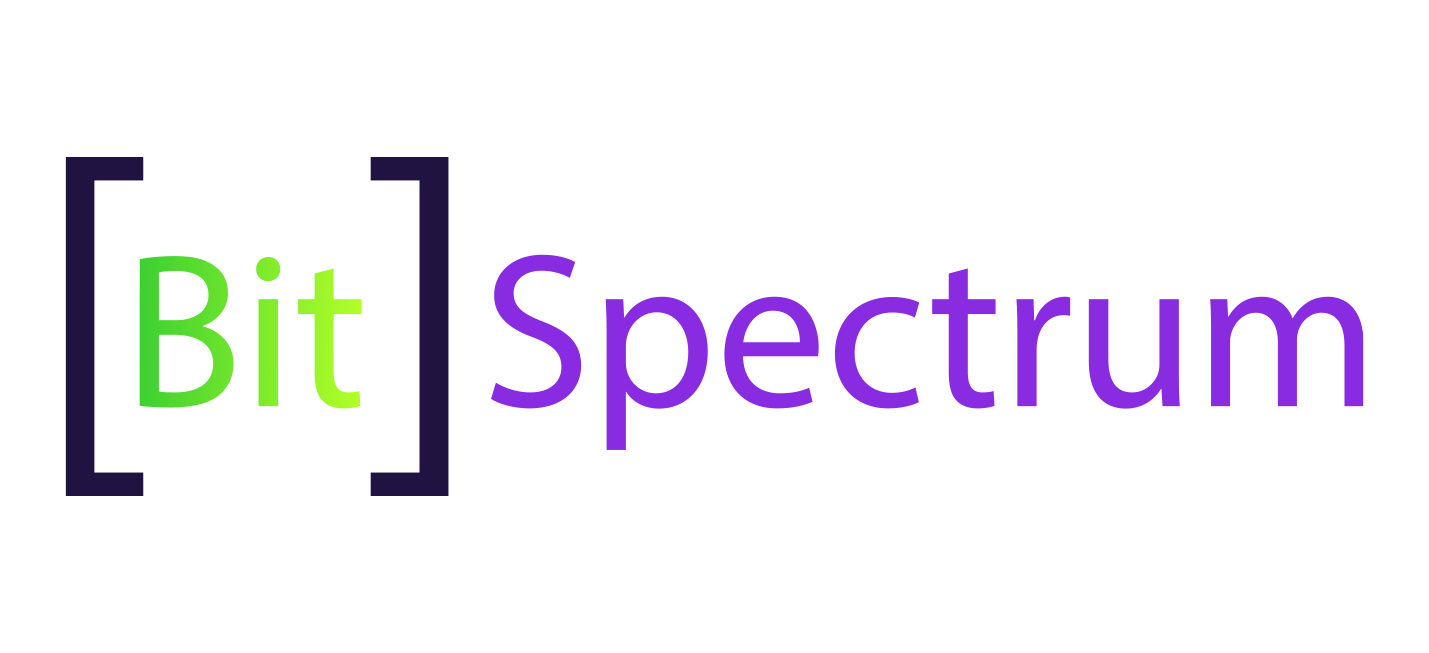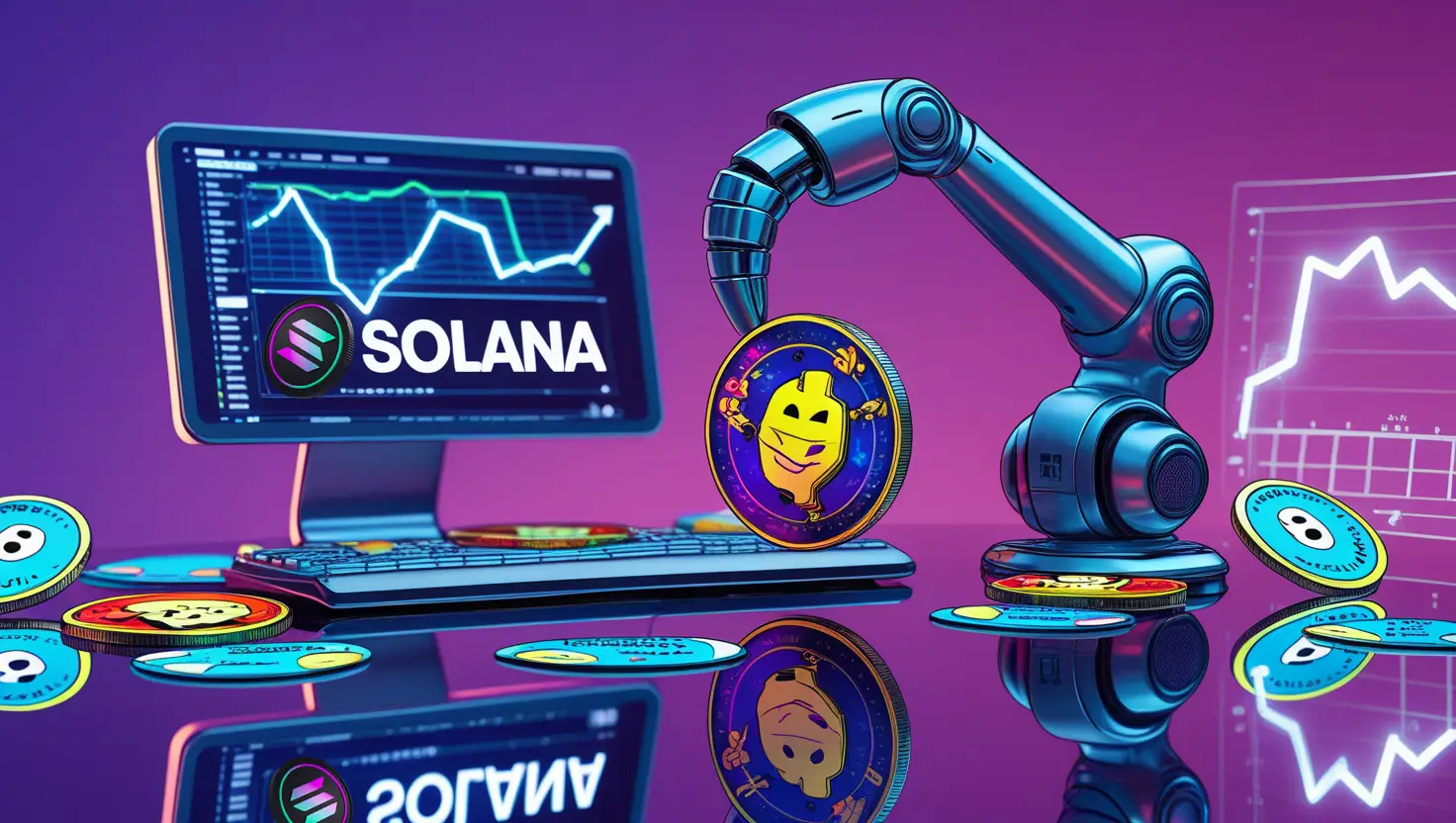The world of blockchain technology just got a lot more exciting. A Solana developer recently made a bold claim that could revolutionize crypto security. According to the announcement, Solana has achieved quantum resistance, a milestone that would position the blockchain as a front-runner in the race for quantum-safe networks.
But why does this matter, and what exactly is quantum resistance? If you’re a blockchain enthusiast, developer, or investor curious about the future of blockchain security, this blog will unpack everything you need to know.
From quantum computing’s looming threat to how this announcement could reshape the industry, we’ll explore why Solana’s quantum-resistant features may just be the key to safeguarding crypto ecosystems for decades to come.
Why Quantum Computing Poses a Real Threat to Blockchain Security
To understand the significance of Solana’s claimed quantum-resistant blockchain, we first need to look at quantum computing and its implications for blockchain.
What is Quantum Computing?
Quantum computing leverages principles of quantum mechanics to process information at unprecedented speeds. Unlike classical computers, which use binary (0s and 1s), quantum systems use quantum bits (qubits) and can perform multiple calculations simultaneously.
For context, Google recently unveiled a 105-qubit quantum chip named Willow, capable of completing computations in five minutes that would take non-quantum supercomputers over ten septillion years. Yes, you read that correctly.
How Does This Threaten Blockchains?
Modern blockchains like Bitcoin and Solana rely on cryptographic algorithms to ensure transactions are secure. These algorithms are designed to be practically impossible for classical computers to crack. However, the processing power of quantum computers could theoretically break these encryption methods.
This would leave blockchain networks vulnerable to attacks, including stealing private keys, forging transactions, and compromising entire ecosystems. If quantum computing progresses faster than blockchains implement quantum resistance, the consequences could be catastrophic.
What is Quantum Resistance?
Quantum resistance refers to cryptographic techniques specifically designed to withstand attacks by quantum computers. These new encryption standards use algorithms that remain secure even in a world powered by quantum technology.
Now, let’s take a closer look at how Solana is staking its claim as a quantum-resistant blockchain.
Solana’s Bold Leap Toward Quantum Resistance
A developer from Solana recently announced that the blockchain has achieved quantum resistance. If this claim holds up, Solana would set a new benchmark for blockchain security, paving the way for a quantum-safe future in cryptocurrency.
Although the technical details behind this implementation have not yet been made public, achieving quantum resistance would give Solana a distinct advantage over competitors like Ethereum and Bitcoin, whose current systems remain vulnerable.
Why This Development Matters
- Future-Proofing Blockchain Security
By embedding quantum-safe encryption, Solana ensures its network remains secure even as quantum computing continues to evolve. This could make Solana the blockchain of choice for investors and developers looking for long-term reliability.
- Position of Leadership in the Crypto Market
This breakthrough could position Solana as an industry pioneer, setting the stage for other blockchains to follow. When it comes to blockchain adoption, being perceived as the most secure option is a huge competitive edge.
- Boosting Investor Confidence
Solana is already off to a strong start in 2025, with its token trading at $218—an 18% jump this week alone. The announcement about quantum resistance further bolsters its status as a tech-forward blockchain, driving confidence among institutional and retail investors alike.
How Solana Compares to Other Networks on Quantum Resistance
While Solana leads the charge in this critical area, other major blockchains are not staying idle.
Ethereum’s Preparations for a Quantum Era
Vitalik Buterin, co-founder of Ethereum, has acknowledged the potential threat of quantum computing. Ethereum’s roadmap includes quantum-resistant upgrades aimed at future-proofing the blockchain as this technology continues to evolve.
Bitcoin’s Ongoing Challenges
Bitcoin, the world’s most popular cryptocurrency, also faces concerns about its vulnerability to quantum attacks. Emin Gün Sirer, founder of Ava Labs, has even proposed freezing Satoshi Nakamoto’s estimated 1.1 million BTC to mitigate risks from quantum breakthroughs.
While these measures highlight industry-wide awareness, Solana’s quantum resistance claim could position it as the first to offer a tangible solution.
Key Implications for the Blockchain Industry
If Solana has indeed achieved quantum resistance, what does this mean for the broader crypto and blockchain ecosystem?
- New Standards for Security
Other blockchain projects may need to speed up their adoption of quantum-safe algorithms to remain relevant and secure.
- Institutional Adoption
Institutions wary of blockchain due to security concerns may be more inclined to adopt quantum-resistant networks like Solana. This could lead to wider applications in finance, healthcare, and governance.
- Regulatory Support
Policy makers may view quantum resistance as a necessity, driving regulations that enforce higher security standards across blockchain networks.
What’s Next for Solana?
While the details of how Solana achieved quantum resistance remain under wraps, its bold announcement has already sent ripples across the blockchain world. With its combination of technical innovation, a growing developer ecosystem, and increasing adoption, Solana is positioning itself as a leader in blockchain security.
However, the race is far from over. Competitors like Ethereum and Bitcoin are also gearing up to face the quantum challenge, ensuring that innovation in this space continues to accelerate.
For blockchain enthusiasts, developers, and investors, the emergence of quantum-safe blockchains like Solana signals an exciting new chapter in the story of decentralized technology.
The Future of Blockchain Security Lies in Quantum Resistance
Quantum computing is advancing at lightning speed, and its potential to disrupt blockchain ecosystems has raised alarm bells across the industry. Solana’s claimed achievement of quantum resistance is not just a milestone—it’s a wake-up call for the entire crypto space.
If you’re a crypto investor or developer, this announcement underscores the importance of pivoting your focus to quantum-safe blockchain solutions that can stand the test of time.
With Solana leading the way, one thing is clear—the blockchains that invest in staying ahead of quantum computing will define the next era of decentralized technology.

